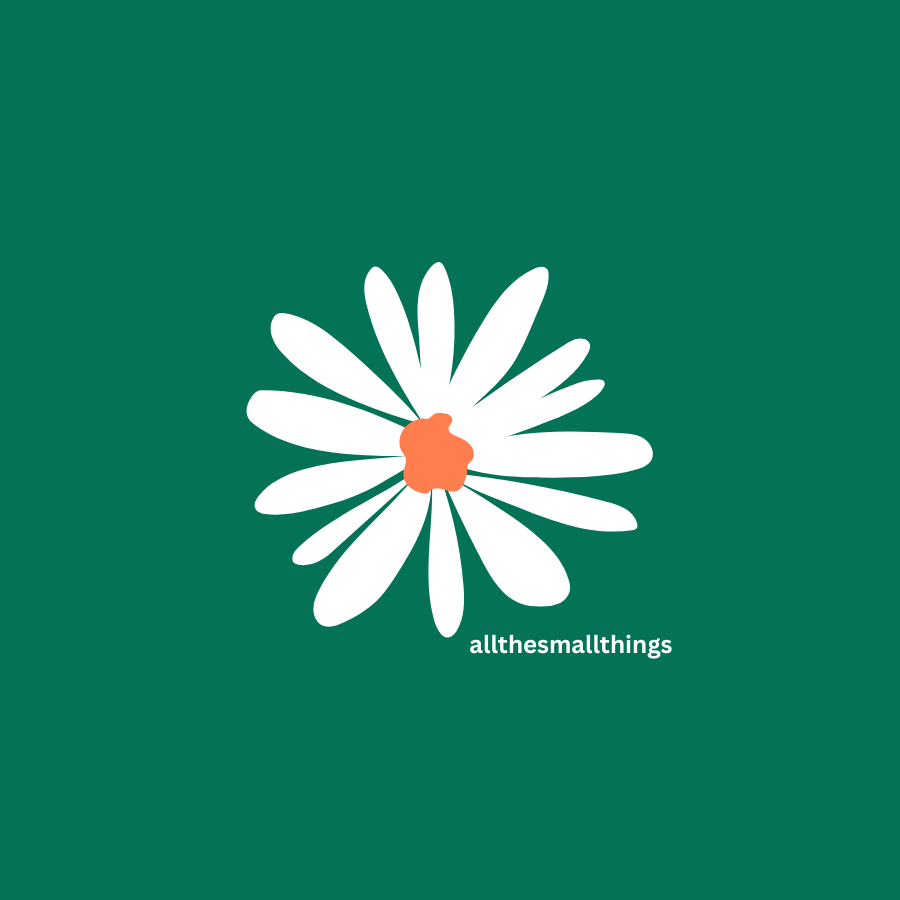Journal Entry 2, LCE Summer Lab: Designing workshops that are accessible for all learners, simple…

Journal Entry 2, LCE Summer Lab: Designing workshops that are accessible for all learners, simple and fun!
Kids and grownups alike, have different rates of learning, and when starting to engage with subject matter we don’t all start at the same level. Sometimes new subjects may simply seem too difficult and cause disengagement and this is something we want to avoid at all times. If you can design your classes in ways that learning occurs incrementally and allows for discovery at the individual’s pace, you are more likely to achieve success in igniting learning. You don’t always need fancy things like ipads or expensive learning resources to have some fun, paper and markers are enough!
Activity 1: Create an abstract drawing using shapes and lines.
Purpose Thread: Skills development
To deepen the development of art-making skills
Instructions:
- Use the color paper to create any shapes you wish to.
- Use the marker to create straight or curved lines.
- Reflect on activity, take time to observe other’s work and think about their own process.
Anyone can do this, it is possible for all to complete this in 5–10 minutes. This is to encourage learners to let go of inhibitions, to just try let go and make a mark on paper. Through guiding learners through the process, prompt them to notice things such as composition, thickness of lines, use of color, amount of white space, the relationship between shapes and lines. Use language to describe what they see without attributing preferences or meaning.

Activity 2: Create an abstract drawing using ONLY lines.
Purpose Thread: Arts integration.
To catalyze the learning of non-arts content.
Instructions:
- Use the marker to create different kinds of lines.
- Include the following:
- Horizontal Lines
- Vertical Lines
- Parallel Lines
- Intersecting Lines
- Spend time reflecting on activity and asking guiding questions.

Learners explore what that means and what it looks like in an abstract way. Again anyone can do this, it is possible for all to complete this in 5–10 minutes. Using observation to reflect on process and products. Use guiding questions to prompt learners about how the activity would connect to principals in geometry such as lines, angles, planes and Pythagorean theorem.
Activity 3: Create an abstract drawing using ONLY lines and ONLY squares/rectangles.
Purpose Thread: Work of art.
To enhance the encounter with art works.
Instruction:
Use the color paper to create only rectangles and squares.
- Use the marker to create only straight lines.
- After 5–10 minutes ask learners to finish their work.

- Explore an artwork of Piet Mondriaan.

This introduces learners to work with constraints and explore what constraints may enable rather than disable. Because the learner has explored and created using constraints, they have some insight to process. Upon reflection they are able to identify what enabled choices use observation and descriptors to analyse work, thus making the work more accessible.
What can you do with some white stock card, some lines and colour paper? Asking questions that participants believe they can answer is a way to evoke excitement and curiosity, as well as build confidence and a willingness to try new things. If you can equip a learner with the tools to discover the answers to question, they will perpetuate their own learning by generating their own questions and asking “What if?” because they will be confident they know how. Curious humans always want to know more.
